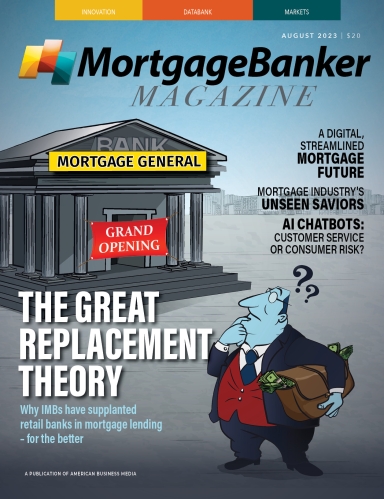Residential lending is one of the few industries where someone can lock in a rate and price at a future date, often 30 or 45 days. To keep that concept in perspective, if you went to the local gas station, or grocery store, and told them you wanted to buy a gallon of gas or milk 45 days from now, the clerk would absolutely refuse. But the futures market has been created to do just that: lock in prices now for things like bacon, orange juice, wheat, gold, and corn in the future, hedging any impact of prices on their profits. There is a cost, usually the bid/ask price spread, the drop in price from one month to the next, and commissions paid in trading the contracts.
Senior management or owners of lenders often want to know the “cost to hedge” a loan or a locked pipeline of loans. It is not an easy question to answer. Hedging is a loan level activity where each loan’s program, interest rate, lock period, etc., is analyzed. Company policies like extensions and renegotiations enter into it. Specifically, extensions and renegotiations increase it, and while the production team is helped, the capital markets department usually incurs the expense. And the price drop in the securities market often changes during the lock period. And then there’s always the “what is the cost of a loan that falls out” question, since the expenses incurred in a loan that doesn’t fund must be absorbed elsewhere.
Manufacturing loans faster, and bringing loans to market quicker, reduces a lender’s interest rate exposure to some degree. Thus, the reason bond loans can be an issue for some lenders. Unfortunately, many hedge vendors look at the problem 2-dimensionally, when it’s a 3-D issue. The problem isn’t necessarily all “speed-to-originate,” but rather “hedge-model efficiency.” What assumptions are being made about the duration/beta of the hedge instrument, and pull through, broken down by product groups and cross referencing at what stage in the loan life cycle loans have fallen out in the past.












